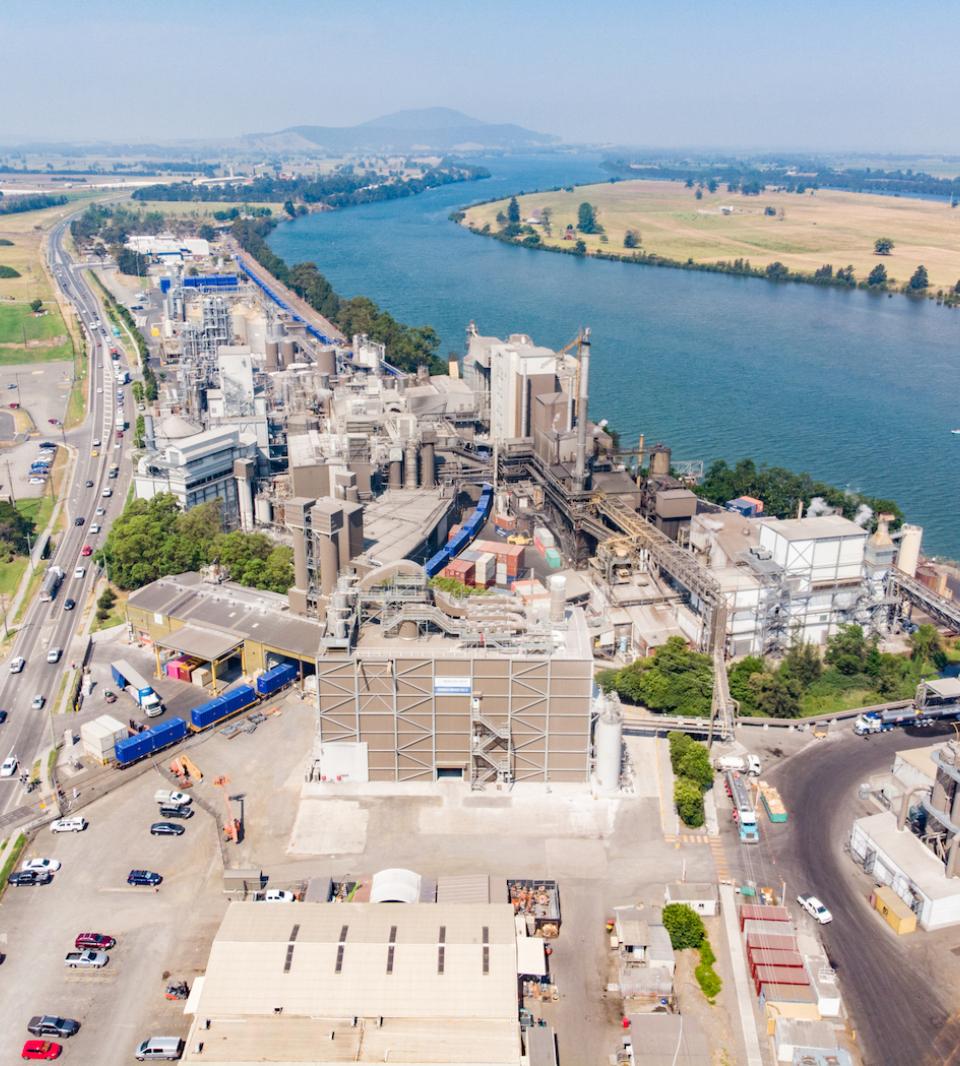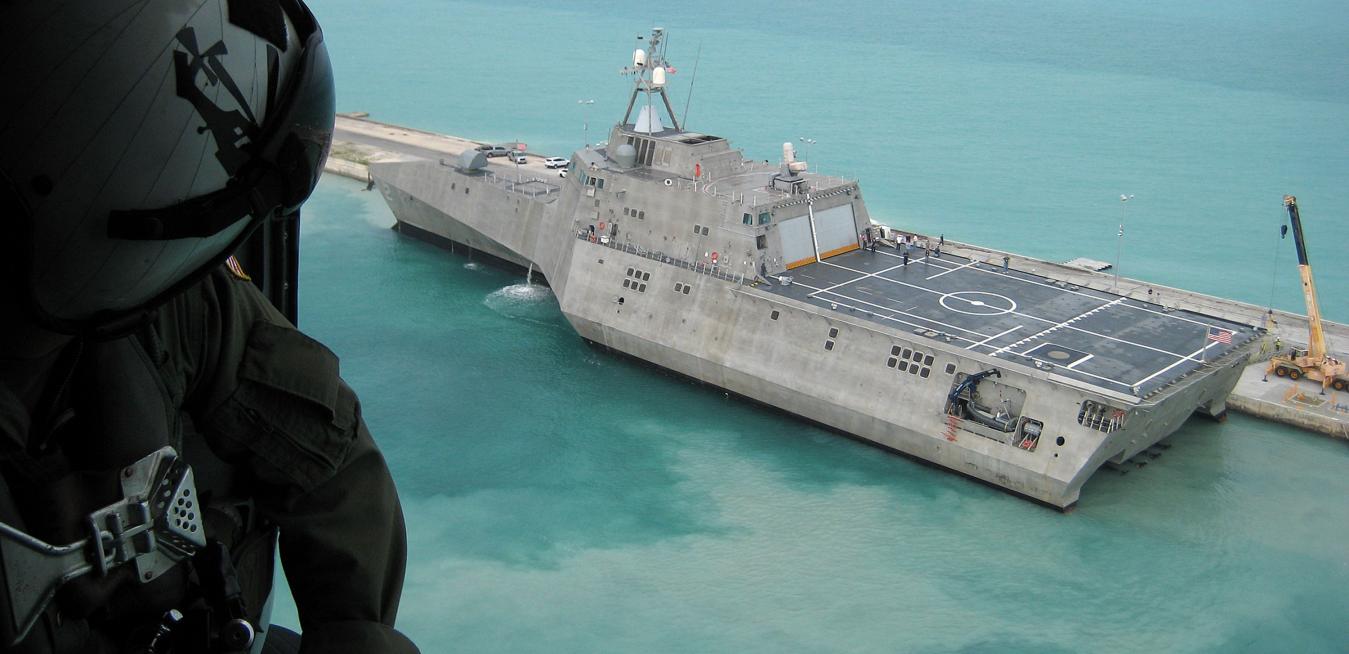This week, in the skies over the Yelahanka Air Force Station in Bengaluru, India, the world’s most cutting-edge aircraft looped and raced as an audience below craned their necks to watch. The occasion: Aero India, a biennial aerospace trade show sponsored by the Indian government. Attended by officials and executives from 98 different countries, the event was a showcase for India’s growing aerospace sector.
Fifteen months from now, a cruise ship is scheduled to depart from Miami and travel around the world not in 180 days, but in 274. The nine-month Ultimate World Cruise is billed as the longest world cruise in history, and it will take place aboard Royal Caribbean International’s 962-foot Serenade of the Seas, visiting all seven continents and hitting over 150 destinations in more than 60 countries. Deep inside the ship’s belly, powering it throughout its voyage, will be GE technology.
Coal-fired boilers have provided global industry with steam and power since the industrial revolution. But today, their high carbon emissions have become a liability. Given their steady and reliable output of energy, replacing them is far from simple. Australia’s Manildra Group, a large family-owned agribusiness, is now lighting the way.
Taiwan, like many entities around the world, has set a target of achieving net-zero emissions by 2050. To get there, it aims to reach a 25% share of renewables in its power mix by 2025, up from only 5.4% in 2021. This jump means Taiwan also needs to find a way to deal with the periodic pauses that come with wind and solar power. The wind can stop blowing and the sun can set or hide behind clouds just as demand for power grows.
Just as the brakes in identical cars identical wear at different rates depending on driver, usual terrain and traffic lights per typical journey, GE LM2500 gas turbines powering the Royal Australian Navy’s surface fleet experience performance differences and repairs at varying intervals.
Why does one gas turbine perform somewhat better than another? Why does the timing of engine repairs on one ship differ from those of an engine of the same age on another ship?











